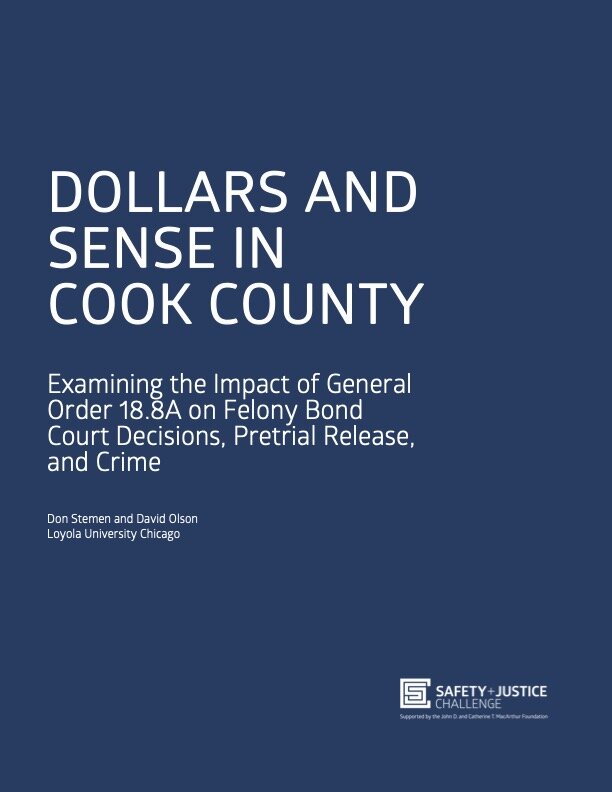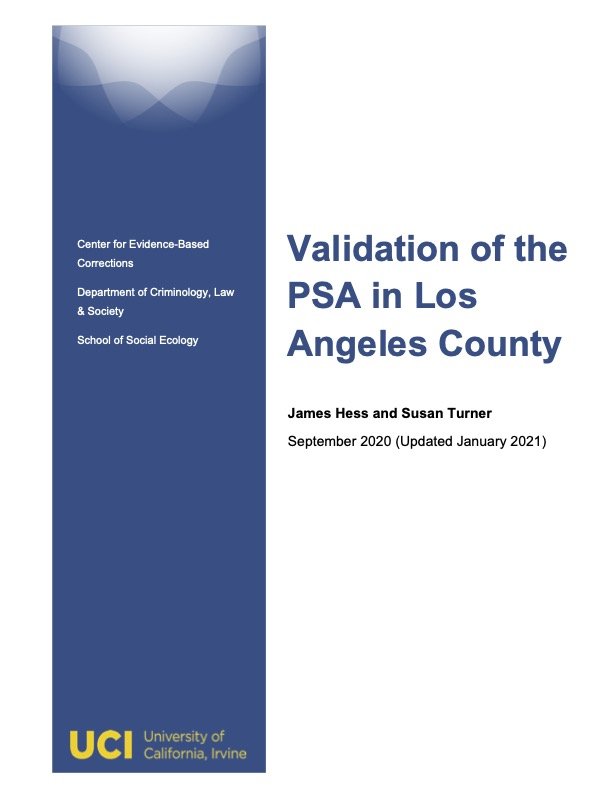By Brandon L. Garrett, William E. Crozier, Kevin Dahaghi, Elizabeth J. Gifford, Catherine Grodensky, Adele Quigley-McBride & Jennifer Teitcher
Where the vast majority of criminal cases are resolved without a trial, the criminal system in the United States is a system of pleas, not trials. While a plea, its terms, and the resulting sentence entered in court are all public, how the outcome was negotiated remains almost entirely nonpublic. Prosecutors may resolve cases for reasons that are benign, thoughtful, and well-calibrated—or discriminatory, self-interested, and arbitrary—with very little oversight or sunlight. For years, academics and policymakers have called for meaningful data to fill this crucial void. In this Article, we open the “black box” of prosecutorial discretion by tasking prosecutors with documenting detailed case-level information concerning plea bargaining. This is not a hypothetical or conceptual exercise, but rather the product of theory, design, and implementation work by an interdisciplinary team. We collected systematic data from two prosecutors’ offices for one year. The Article describes how the data-collection methodology was designed, piloted, and implemented, as well as the insights that have been generated. Our system can be readily adapted to other offices and jurisdictions. We conclude by discussing how documenting the plea-bargaining process can affect prosecution practices, defense lawyering, judicial oversight, and public policy, its constitutional and ethical implications, and its broader implications for democratic legitimacy. An open-prosecution approach is feasible and, for the first time in the United States, it is in operation.
75 STAN. L.REV. 1365 (2023)





















